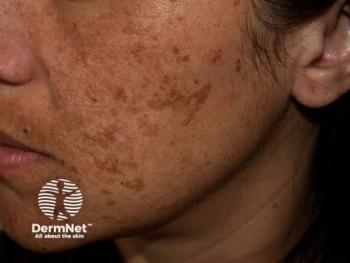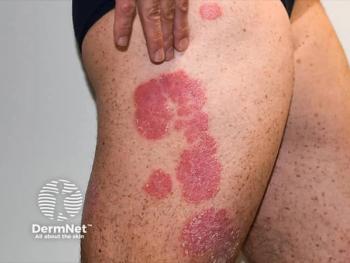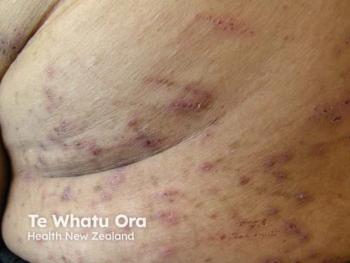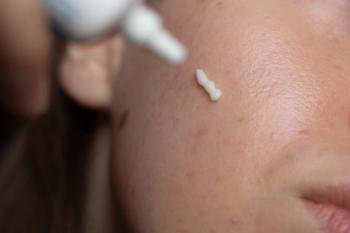
Hair serum dimethicone zaps static, smooths cuticle
Frizz-reducing products for the hair have become popular with the increased use of hair dyes among younger women. Permanent hair dye irreversibly damages the hair cuticle, allowing the hair to become frizzy. Hair serums are clear liquids applied to the hair for a variety of purposes, including frizz reduction.
Key Points
Q. What is a "frizz-reducing" hair serum?
The main ingredient in frizz-reducing hair serums is dimethicone. The dimethicone can be sprayed onto the hair or squirted into the palms and then stroked through the hair. Dimethicone neutralizes static electricity and smooths the cuticle, adding shine and manageability. This allows the hair shafts to hang straight and lie softly around the face. The dimethicone must be applied after each shampooing and sometimes is used several times daily, depending on the climate conditions.
Hair products can be developed for mild to severe frizz. Those for mild frizz have less dimethicone, and those for severe frizz have more dimethicone. Hair serums can be recommended by dermatologists for those patients complaining of damaged, unmanageable hair.
Q. Is there something unique about mineral makeup? Is it better than other cosmetics?
A. Mineral makeup is a new word for an old cosmetic. The old term for mineral makeup was powder. Mineral makeups are powders that are dusted over the skin to add color to the face, cheeks, eyelids and décolletage. Pigments and talc are ground along with light-reflective particles to cover underlying skin tones and add highlights.
Mineral makeups are safe and may be desirable for patients with multiple allergies, as they contain no emulsifiers and fewer ingredients than their liquid counterparts. Rosacea patients may prefer mineral makeups because the vehicle does not evaporate, as in liquid facial foundations, which may cause a rosacea flare. The only problem with mineral makeups may be in people with itchy skin. The tiny ground particles may function like itching powder in atopics and other persons with sensitive skin, especially around the eyes.
Many mineral makeups are sold in a container with a retractable brush. This is a convenient application system, but the powder particles can be inhaled. This may be problematic for persons with asthma. Also, mineral makeups do not wear as long as their liquid counterparts and may not be appropriate for camouflaging purposes. Otherwise, they are safe and can be recommended to patients.
Zoe Diana Draelos, M.D., is a Dermatology Times editorial adviser and consulting professor of dermatology, Duke University School of Medicine, Durham, N.C. Questions may be submitted via e-mail to
.
Newsletter
Like what you’re reading? Subscribe to Dermatology Times for weekly updates on therapies, innovations, and real-world practice tips.


















